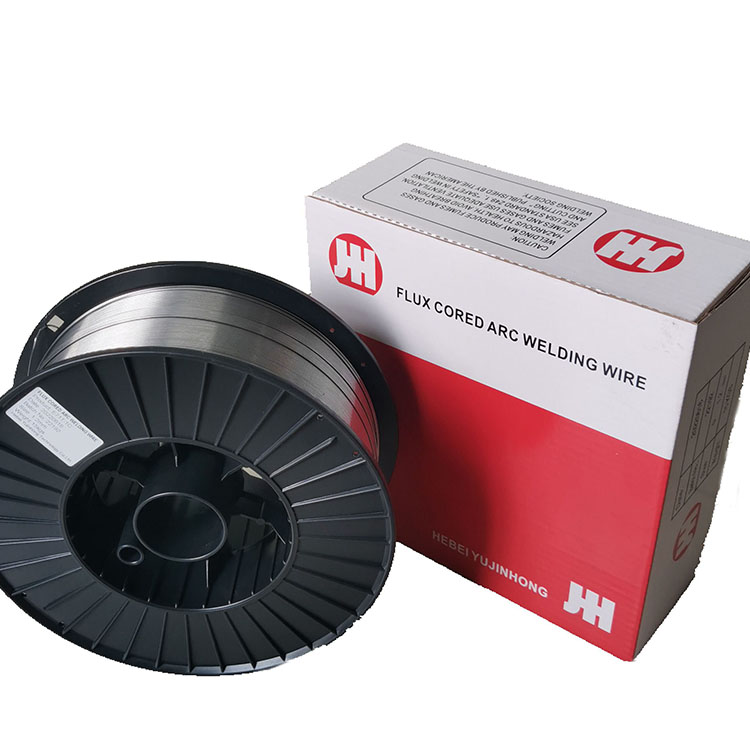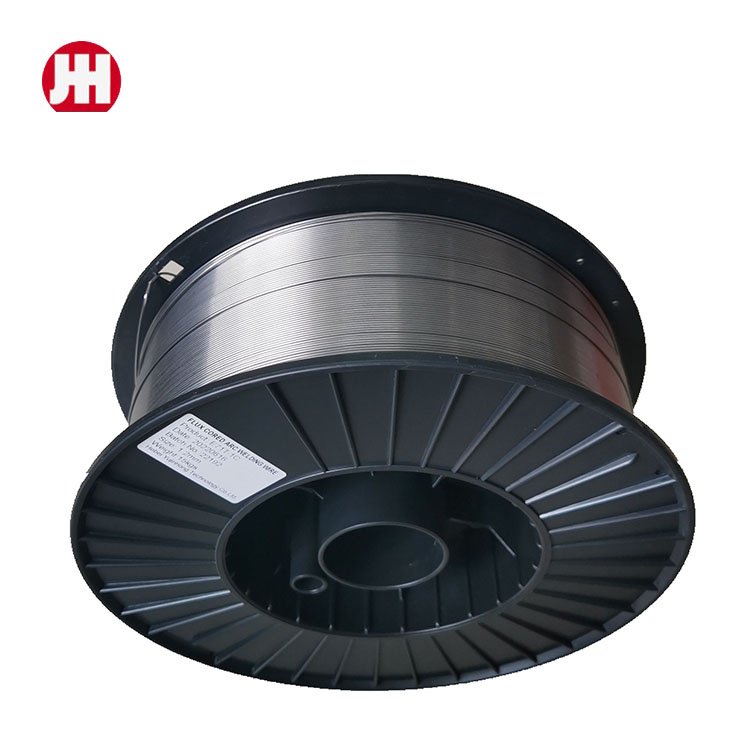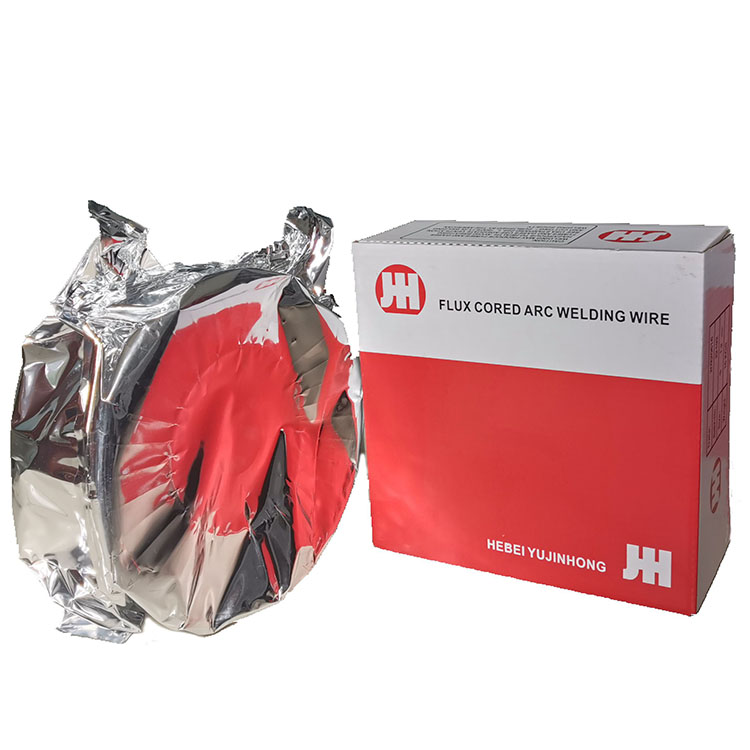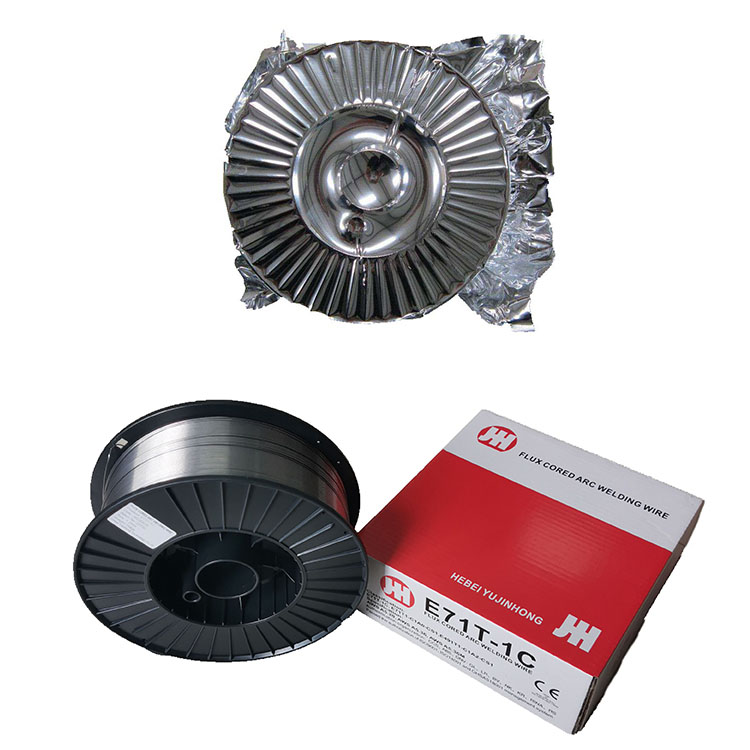Tubular Welding Wire for High-Strength, Low-Spatter Welds?
Tubular Welding Wire Flux Cored MIG Wire: field notes from the shop floor
If you care about productivity (and arc stability that doesn’t throw surprises), you’ve probably already looked at tubular welding wire. I’ve spent enough late nights in fab shops to say: when set up right, it simply eats steel. Actually, that’s why shipyards and wind tower welders keep it close.
From the factory in NO.368 YOUYI NORTH STREET, XINHUA DISTRICT, SHIJIAZHUANG CITY, CHINA, this product comes in both gas-shielded and self-shielded variants (many customers still call them gas-entrained and non-gas-protected). In fact, there’s a lively trend right now toward low-hydrogen rutile and metal-cored types for better impact toughness at sub-zero temps. To be honest, the days of “one wire fits all” are over—custom flux recipes are winning bids.

Quick specs (real-world values)
| AWS/ASME Class (example) | E71T-1C/M, E71T-1M H4; self-shielded options available |
| EN ISO | ISO 17632-A T 42 2 C1/M 1 H10 |
| Diameters | 0.8 / 1.0 / 1.2 / 1.6 mm (others by request) |
| Gas & Polarity | CO2 or Ar/CO2 mix; DCEP (self-shielded varies) |
| Tensile Strength | ≈ 500–560 MPa (typical), yield ≈ 420–480 MPa |
| Impact Toughness | ≥ 27–47 J @ -20°C (real-world use may vary) |
| Diffusible Hydrogen | H4–H10 ml/100g (depending on grade and storage) |
| Deposition Rate | Up to ≈ 6–10 kg/h with 1.2–1.6 mm on high current |

How it’s made (and why it matters)
Materials: low-carbon steel strip, alloy powders, deoxidizers, rutile or basic fluxes, sometimes metal-cored blends for higher deposition.
Process flow: strip forming → flux filling → seam closure → drawing to size → copper-coating (if specified) → spooling → vacuum/foil packaging with desiccant. Testing includes wire ovality, feedability, chemistry, weld metal mechanicals, diffusible hydrogen (AWS A4.3), radiography/visual for test welds, and impact tests per AWS A5.20/ISO 17632. Shelf life is typically around 24 months if sealed; opened spools should be kept below 60% RH—many shops rebag overnight. Service life of the weld itself? That’s on design and procedure (AWS D1.1), but low hydrogen helps a lot with cracking.

Where it shines
- Structural steel and bridges (multi-pass fillets, spray-like transfer)
- Shipbuilding and offshore (good vertical-up control; salt-fog realities)
- Heavy equipment repair, wind towers, pipelines (procedure dependent)
- Outdoors: self-shielded tubular welding wire beats the wind, within reason
Advantages: higher deposition vs solid wire, slag supports the puddle on verticals, reduced sensitivity to mill scale. Drawbacks? Slag removal (though it peels nicely on good settings), and yes—parameter windows aren’t infinite.

Vendor landscape (my quick take)
| Vendor | Grades | Hydrogen | Lead Time | Certs | Notes |
|---|---|---|---|---|---|
| SteelToolsChina (tubular welding wire) | E71T-1C/M, self-shielded options | H4–H10 | ≈ 2–4 weeks | ISO 9001, EN 13479 | Custom flux design, competitive MOQ |
| Lincoln Electric | UltraCore/Outershield | H4/H8 | Stock-dependent | Global approvals | Strong tech docs, price premium |
| Kobelco | DW-series | H4/H8 | Regional | DNV, ABS options | Great vertical-up behavior |
| Böhler | Seamless flux/metal-cored | H4/H5 | Planned | CE, ISO, marine | Low moisture pickup, premium |
Customization: spools/drums, tailored slag systems (rutile vs basic), alloy tweaks (Ni for -40°C impact), and wire cast/helix tuning for automated lines. Many shops report smoother feeding on 1.2 mm tubular welding wire after specifying tighter helix tolerance.
Mini case notes
- Bridge fab: switched from solid wire to E71T-1M, saw ≈ 18% faster deposition and fewer rework calls (porosity dropped with better gas flow discipline).
- Shipyard: self-shielded tubular welding wire on deck sections—schedules held despite wind; slag peeled, vertical-up time improved.
- Wind tower: Ni-alloyed flux-cored achieved 47 J @ -30°C; welders liked the calmer arc (their words, not mine).

Practical tips
- Keep stick-out steady (16–22 mm typical); adjust volts to avoid undercut in verticals.
- Dry storage: reseal opened spools; bake only if supplier recommends.
- Qualify WPS to AWS D1.1 or relevant code; verify impact requirements early.
References:
- AWS A5.20/A5.20M:2021 – Carbon Steel Electrodes for Flux Cored Arc Welding.
- ISO 17632:2015 – Welding consumables for flux cored arc welding of non-alloy and fine grain steels.
- AWS A4.3/A4.3M – Standard Methods for Measurement of Hydrogen in Weld Metal.
- AWS D1.1/D1.1M – Structural Welding Code – Steel.
- EN 13479 – Product standards for welding consumables (CE marking framework).
-
High-Quality Welding Electrodes 4.0mm*400mm for Industrial Use | Steel Tools ChinaNewsNov.24,2025
-
Explore the Benefits and Uses of 2.6mm Welding Electrode 6013 | Global GuideNewsNov.23,2025
-
Understanding CO2 Welding Wire Price: Global Impact, Trends, and TipsNewsNov.22,2025
-
Top Guide to Welding Wires CO2 – Specifications, Benefits & Industry UsesNewsNov.22,2025
-
Comprehensive Guide to Welding Electrode 6011 – Global Applications & BenefitsNewsNov.21,2025
-
AWS E6013 Welding Rod-HEBEI YUJINHONG TECHNOLOGY CO.,LTD.|All-Position Carbon Steel ElectrodeNewsNov.21,2025


